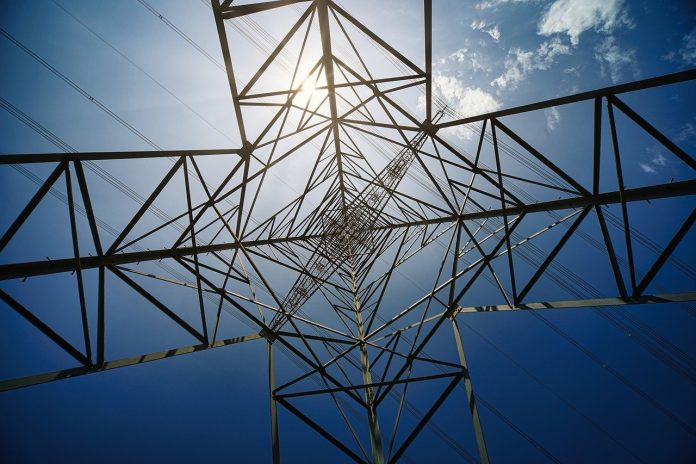The proposed Ten-Year Development Plan for the HEP ODS distribution network, which was recently presented, according to the Croatian Renewable Energy Association (OIEH), mirrors the (current) conservative development of the distribution network, which is not adequate for the development of a dynamic system necessary for the energy transition.
One of the potential obstacles is the traditional approach to connecting new users (producers and/or consumers). Due to the connection of new and the increase in connection power of existing producers to the distribution network, in practice, it often happens that the connection conditions for RES are unacceptable to investors, or requests are denied due to insufficient network capacity. HEP-ODS continues to follow the principle of 100% network availability and the n-1 criterion when connecting new users. This results in the oversizing of the system, which is significantly more expensive and whose development takes significantly more time. In practice, this prevents the connection of new users if calculations for boundary conditions show a deterioration in voltage quality conditions. Due to this, a user can be 99% of the time in normal operation, and because of, for example, 1% of the time cases in which it will not be possible to connect with full connection power, HEP-ODS will not want to connect them. Instead of allowing flexibility in connection, in a way that the user is disconnected or reduced in power as needed, the connection is not allowed. As a result, numerous solar power plant projects will be halted because HEP-ODS counts on meeting all technical conditions 100% of the time, instead of introducing a flexibility market. Such a market would not only enable accelerated network development but also opens up opportunities for new business models such as battery storage for local congestion regulation.
Here are a few concrete suggestions for solving these problems:
Households
Regarding the introduction of electric energy consumption measurement for the Household customer category, existing regulations obligate HEP ODS to equip a very large number of AMM meters with remote reading (at least 80%) within the next six years, which is a significant financial and organizational challenge. Therefore, it is proposed that this be co-financed with EU funds. As the development of the supply, aggregation, and energy communities of citizens market is growing with an expected significant connection of solar power plants to private houses and institutions, it is necessary to significantly accelerate the introduction of meters with remote reading for households.
Electromobility
In its business goals for the ten-year period, HEP ODS expects a significant electrification of transport and the construction of charging stations for electric vehicles. The expected strong growth of RES on the one hand and infrastructure for electromobility further complicates the planning of network development and increases the risk for operators in planning and managing the system. The Law on the Electricity Market, in accordance with EU directives, has created legal preconditions for providing flexibility services that could help HEP-ODS in reducing risks in planning and managing the system.
RESC proposes the development of new standard solutions for connecting electromobility infrastructure (meeting facilities, distribution substations) as well as innovative solutions for connecting electric vehicle chargers in existing multi-apartment and commercial buildings.
Network Capacity
RESC suggests that financing the increase in network capacity be enabled from other sources of financing (not exclusively from the connection fee). Additionally, it is necessary to invest in an information system for dynamic monitoring of power and energy flows so that HEP-ODS has real-time data on network availability. At the same time, RESC believes that investors should be given the option of applying an operational limitation on the use of connection power.
Flexibility
The issue of operational introduction of system flexibility services is not precisely and dynamically defined in the Ten-Year Plan, although legal assumptions and facts have been created that we currently have four registered aggregators on the Croatian market. We propose that adequate mechanisms for providing flexibility services be implemented as soon as possible (2-3 years). At the same time, OIEH suggests encouraging the construction of electrical energy storage in the electric distribution network or new technical solutions (e.g., using RES energy for hydrogen production) in a way that allows them priority connection to the network.
Loss Reduction
From the proposed Ten-Year Plan, it is not clear how much the losses will be reduced annually and in what ways and with what advanced tools the set goals will be achieved. As reducing losses of electrical energy in the HEP ODS network has been the most important business goal for many years, OIEH suggests securing appropriate tools for optimizing technical and non-technical losses in the distribution network.










